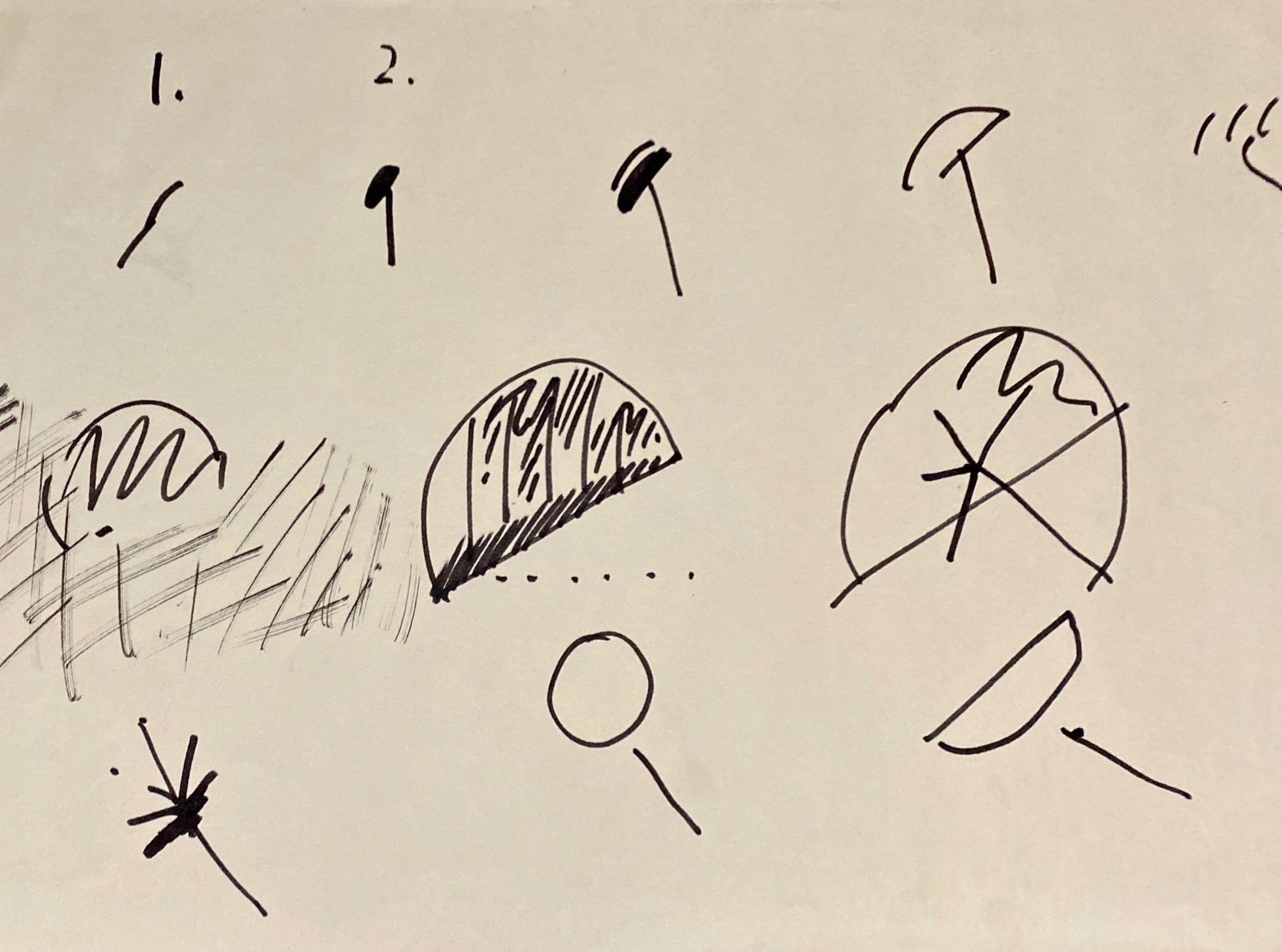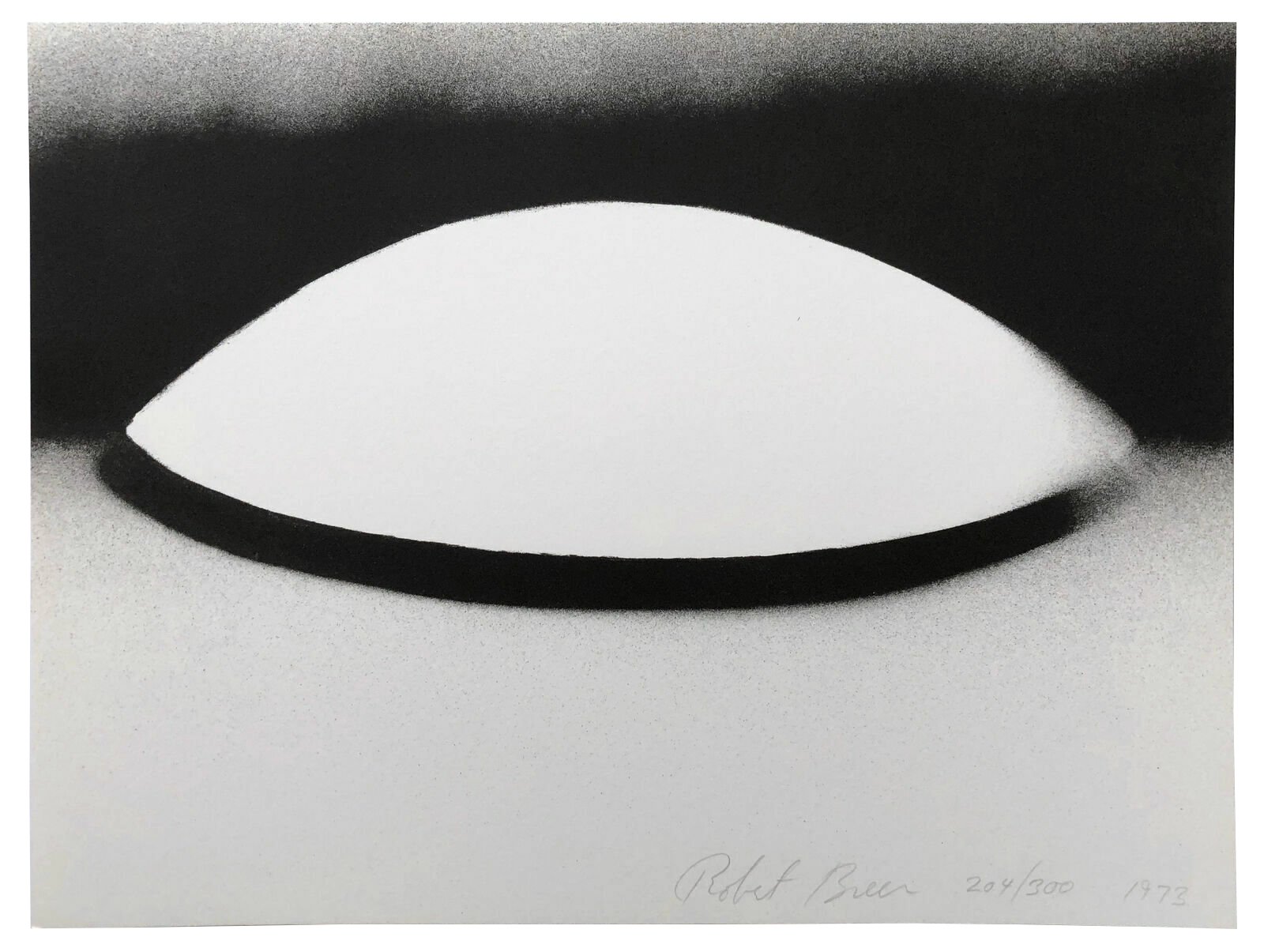
Robert Breer
Robert Breer (1926-2011) was an American experimental filmmaker, painter, and sculptor. "A founding member of the American avant-garde," Breer was best known for his films, which combine abstract and representational painting, hand-drawn rotoscoping, original 16mm and 8mm film footage, photographs, and other materials.
After experimenting with cartoon animation as a child, he started making his first abstract experimental films while living in Paris from 1949 to 1959, a period during which he also showed paintings and kinetic sculptures at galleries such as the renowned Galerie Denise René. Breer explained some of the reasons behind his move from painting to filmmaking in a 1976 interview: “This was 1950 or '51... I was having trouble with a concept, a very rigid notion about painting that I was interested in, that I was involved with, and that was the school of Mondrian. [...] The notion that everything had to be reduced to the bare minimum, put in its place and kept there. It seemed to me overly rigid since I could, at least once a week, arrive at a new 'absolute.' I had a feeling there was something there that suggested change as being a kind of absolute. So that's how I got into film.”
— Robert Breer, transcription of Screening Room with Robert Breer (1976)
His aesthetic philosophy and technique were influenced by an earlier generation of abstract filmmakers that included Hans Richter, Viking Eggeling, Walter Ruttmann, and Fernand Léger, whose work he discovered while living in Europe. Breer was also influenced by the concept of Neo-plasticism as described by Piet Mondrian and Vasarely.
Breer taught at Cooper Union in New York from 1971 to 2001. Breer won the 1987 Maya Deren Independent Film and Video Artists' Award, presented by the American Film Institute. He received a Guggenheim Fellowship in 1978. He died on August 11, 2011 at his home in Tucson.
Robert Breer, Untitled, c. 1960s, ink on paper, 9 3/4 x 14 inches
Robert Breer, Float, 1970, plastic with motor, 4 x 3 5/8 inches. Published by MoMA/Pepsi, manufactured by Bandai.
Robert Breer, Untitled, 1973, lithograph on paper, 9 x 12 inches, edition of 300
Robert Breer (cover article), Film Culture No. 27 (Winter 1962/63), 11 x 8 1/2 inches
Billy Kluver, Julie Martin, and Barbara Rose, Pavilion: Experiments in Art and Technology, 1972. First edition, published by Dutton. 8 x 5 1/2 x 7/8 inches
Robert Breer, Poster for Exhibition at Dag Hammarskjold Plaza Sculpture Garden, June-Sept. 1973, silkscreen on coated paper, 8 1/2 x 13 3/4 inches
Robert Breer, catalogue for solo exhibition at Baltic Centre for Contemporary Art, Gateshead, UK, October 26, 2011 - January 29, 2012, traveled to Museum Tinguely, Basel, Switzerland, 11 x 9 1/2 inches
Robert Breer, Flix, 1967, flip book published by Cinémathèque canadienne, museum of cinema, on the occasion of the World Retrospective of Animation Cinema, 4 x 2 1/2 inches
Robert Breer, Dag Hammarskjold Plaza Sculpture Garden, New York, 1973.
Robert Breer lecturing to a crowd including Andy Warhol; Breer solo exhibition, c. 1960s.
Robert Breer with some Floats, 1966
Robert Breer at Lippincott Foundry, with Float, 1970.












